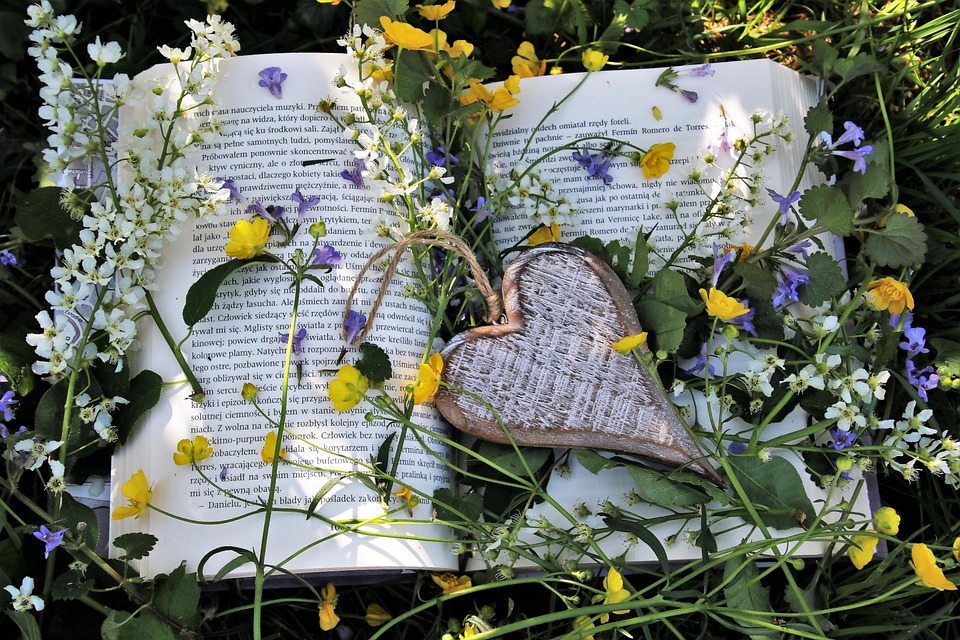Boost Your Gardening Productivity: How a Well-Designed Garden Shed Can Help
Introduction
Gardening is a delightful hobby that allows you to connect with nature, grow your own food, and create a beautiful outdoor space.
To make the most of your gardening endeavors, having a well-designed garden shed can significantly boost your productivity.
A garden shed serves as a dedicated workspace, storage area, and shelter allowing you to stay organized and efficient.
The Benefits of a Well-Designed Garden Shed
A well-designed garden shed offers several advantages that directly contribute to enhancing your gardening productivity:
1. Organization and Storage
One of the biggest challenges for any gardener is staying organized and having proper storage for tools, supplies, and equipment.
A well-designed garden shed provides ample space to store your gardening tools, pots, fertilizers, and seeds.
With everything in its place, you’ll save time searching for necessary items, and your gardening activities will become more streamlined.
2. Protection from the Elements
A garden shed acts as a shelter, protecting your gardening equipment and supplies from the elements.
It offers a safe haven for delicate or expensive tools that could get damaged if left exposed to rain, snow, or extreme sunlight.
By keeping your tools in good condition, you’ll avoid unnecessary replacements and repairs, saving both time and money.
3. Convenience and Accessibility
Having a garden shed near your garden plot provides convenience and easy access to all your gardening essentials.
No more hauling heavy tools back and forth from your house or garage.
With a well-designed shed, your tools will be right at hand when you need them, making your gardening tasks more efficient and enjoyable.
4. Increased Productivity and Focus
By having a designated space for gardening activities, you can better focus on your tasks without distractions.
A garden shed creates a work environment where you can quickly get into the gardening mindset.
The separation from your home or other daily activities allows you to fully immerse yourself in your gardening projects, leading to increased productivity and better results.
Factors to Consider in Designing Your Garden Shed
When designing your garden shed, keep the following factors in mind:
1. Size and Layout
Assess your gardening needs and the space available in your garden.
Consider the number of tools and equipment you have and plan a shed with adequate space to accommodate them.
Additionally, a well-thought-out layout will ensure easy access to your supplies and tools, optimizing your workflow.
2. Lighting and Ventilation
Ensure your shed has sufficient natural light to work comfortably during the day.
Consider windows or skylights that can bring in ample sunlight.
Adequate ventilation helps prevent mold and mildew growth and ensures good air circulation, keeping your tools and equipment in optimal condition.
3. Security
Install proper security measures, including sturdy locks and possibly an alarm system, to protect your tools and equipment from theft.
Consider reinforcing windows and doors to prevent unauthorized access.
4. Additional Features
Depending on your needs and preferences, you can add additional features such as workbenches, shelves, or hooks for better organization and functionality.
Customizing the shed based on your requirements will enhance your overall gardening experience and productivity.
FAQs
1. How much does a well-designed garden shed cost?
The cost of a well-designed garden shed can vary depending on its size, materials used, and any additional features.
On average, a good-quality garden shed can range from $500 to $5000.
2. Can I build a garden shed myself?
Yes, if you have the necessary construction skills and tools, you can build a garden shed yourself.
However, it’s essential to ensure you follow local building codes and obtain any necessary permits.
3. How can I maintain my garden shed?
Maintaining your garden shed is crucial to ensure its longevity.
Regularly clean and inspect the shed for any damage or signs of wear.
Treat the wood or other materials with appropriate sealants or paint to protect them from the elements.
Keep the shed organized and free of clutter, ensuring proper ventilation.
4. Can a garden shed be used for other purposes?
A garden shed can be multipurpose if designed accordingly.
It can serve as a workshop for DIY projects, a storage space for bikes or outdoor furniture, or even a small retreat for relaxation.




